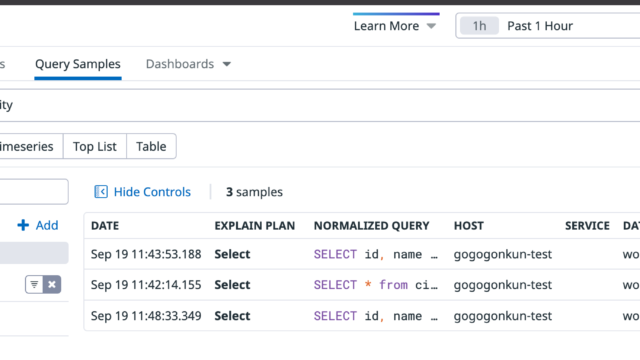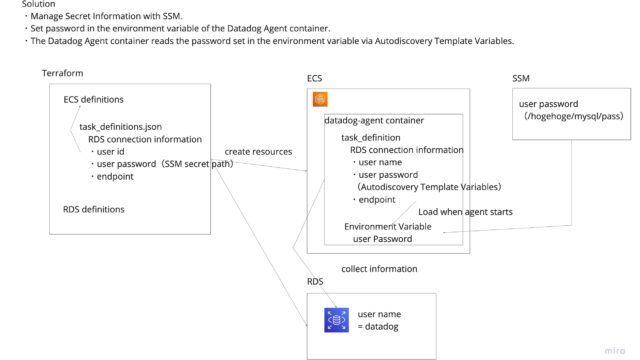After reading "Web Performance Tuning by Experts," I’ve compiled the necessary log configurations and commands installed for web performance tuning.
I’ve summarized what you need to prepare when performing performance tuning.
If you haven’t completed the environment setup yet, please refer to the following article:
https://gonkunblog.com/web-performance-handson-1/1268/
Preparation
If you’ve completed the environment setup from the previous articles, you should have an EC2 spot instance ready.
To minimize charges, if you’ve stopped the instance, start it now.
(Don’t forget to stop the instance when you’ve finished your work.)

Environment Setup
We’ll configure various settings to make later work easier.
Change Session Manager’s Default Shell to bash
When you log in using Session Manager, the default shell is set to sh.
This makes it difficult to operate because tab completion doesn’t work, so we’ll change it.
Refer to this article for configuration.
Install Homebrew
We’ll install Homebrew to add additional commands.
Paste the installation command from the brew official page into your terminal.
During Homebrew installation, various messages like "run echo xxx" will appear, so follow those instructions.
It will also prompt you to install gcc, so run "brew install gcc".
# If you get a warning about path not being set
echo 'export PATH="/home/linuxbrew/.linuxbrew/bin:$PATH"' >> ~/.bashrc
source ~/.bashrc
Install Necessary Commands
Access Log Aggregation Command
brew install alp
Benchmarking Command
$ apt update
$ apt install apache2utils
Server Metrics Monitoring Command
apt install dstat
Configure Log Output
Change nginx Log Output Format to JSON
Edit "/etc/nginx/nginx.conf".
Add the following inside the http block:
log_format json escape=json '{"time":"$time_iso8601",'
'"host":"$remote_addr",'
'"port":$remote_port,'
'"method":"$request_method",'
'"uri":"$request_uri",'
'"status":"$status",'
'"body_bytes":$body_bytes_sent,'
'"referer":"$http_referer",'
'"ua":"$http_user_agent",'
'"request_time":"$request_time",'
'"response_time":"$upstream_response_time"}';
Check the syntax of the nginx configuration file:
$ sudo nginx -t
nginx: the configuration file /etc/nginx/nginx.conf syntax is ok
nginx: configuration file /etc/nginx/nginx.conf test is successful
If there are no issues, restart nginx:
$ sudo systemctl reload nginx
Send a request to a web page and confirm that the logs are in JSON format:
$ sudo cat /var/log/nginx/access.log
Configure MySQL to Output Slow Queries
Edit "/etc/mysql/mysql.conf.d/mysql.cnf".
Add the following:
For performance tuning, we’re setting "long_query_time = 0" so that all executed queries will be logged.
In a production environment, logging all queries can cause additional load, so instead of 0, adjust how many seconds a query needs to run before it’s logged.
[mysqld]
slow_query_log = 1
slow_query_log_file = /var/log/mysql/mysql-slow.log
long_query_time = 0
Restart MySQL to apply the configuration changes:
sudo systemctl restart mysql
I’ll update this article with additional information as I progress through the book.
For those who want to learn about practical command usage, please see:
https://gonkunblog.com/performancetest-command/1285/













